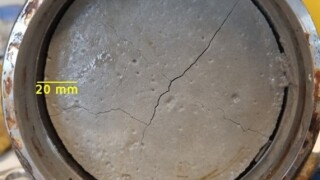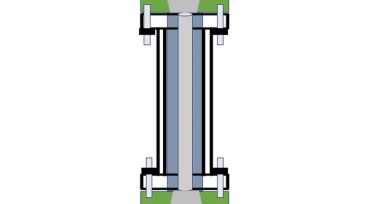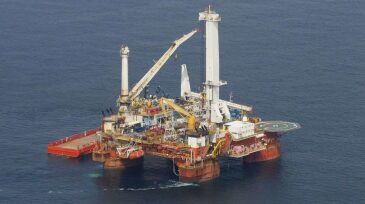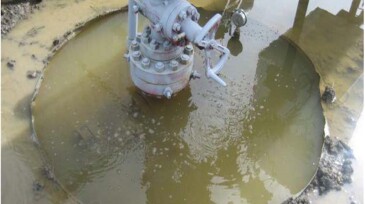Well integrity/control
This paper describes an automated workflow that helps mitigate sanding caused by excessive drawdown by determining the minimum tubinghead pressure.
Intelligent completions could improve many of the world’s oil and gas wells, but not all are suited to the technology. There is another option.
This paper presents the characterization and comparison of a metakaolin-based geopolymer as a candidate treatment for remedial operations in oil and gas wells versus conventional state-of-the-art materials.
-
A wellbore repair tool was successfully deployed to rectify collapsed tubing in a remote well off the coast of Papua New Guinea.
-
This paper’s authors describe the development of a coiled tubing (CT) nitrogen-lift design in which CT and geothermal reservoir simulations were combined to overcome modeling limitations.
-
SponsoredWell monitoring hasn’t been easy. But it’s something that has to be done. Remote oil and gas wells are notoriously difficult to monitor. But new technology may make them some of the most advanced sites out there.
-
Contractor renews incident-response partnership for 2 additional years.
-
The average geothermal gradient in the subject deepwater field in Nigeria is 4.37°C/100 m, nearly twice the gradient in most fields. As a result, the magnitude of the expected annular pressure buildup (APB) during steady-state production is large enough to threaten well integrity.
-
The complete paper discusses a geophone array, including four, three-component geophones deployed by wireline, that provides a solution for this problem by creating a 3D map of the acoustic environment.
-
Integrity (noun): the condition of having no part or element wanting; unbroken state; material wholeness, completeness, entirety. While reviewing the abstracts, I was struck by the huge range of challenges to maintaining “material wholeness” beyond the routine testing of tree and safety valves.
-
In 2013, a technology-development project began that digitized, automated, and applied analytics to blowout preventer pressure testing. As a result of the deployment of automated BOP testing, significant improvements have been achieved in process safety, personal safety, and rig-time savings.
-
This paper discusses a new, comprehensive cuttings-transport model designed to enable safe and improved hole-cleaning operations.
-
Traditionally, a wellhead system requires a drilling lockdown sleeve (LDS) during drilling operations to ensure that the seal assembly is rigid and prevents dynamic movement. By eliminating the LDS, however, the operator will save multiple trips into the well.

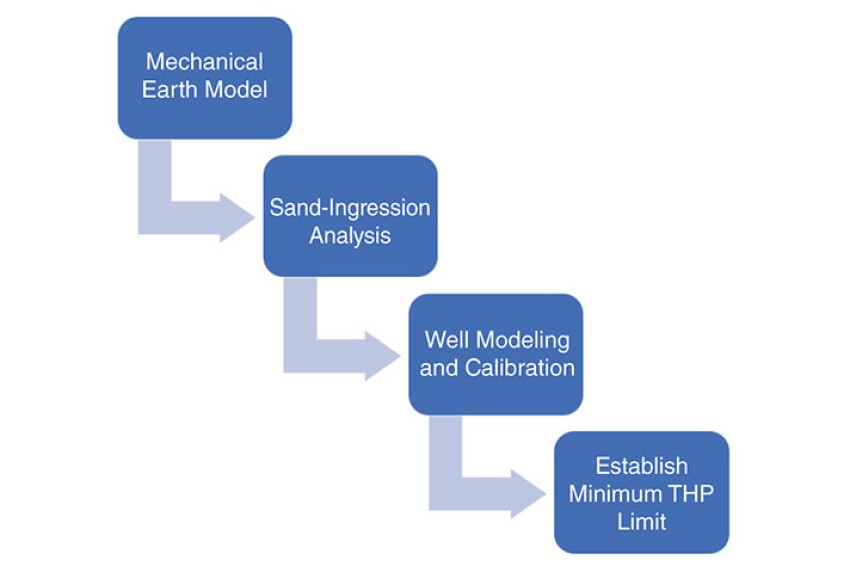
![JPT_2025-09_GuestEd1_SS_382853197[4].jpg](https://assets.spe.org/dims4/default/b4eb909/2147483647/strip/true/crop/850x478+0+44/resize/320x180!/quality/90/?url=http%3A%2F%2Fspe-brightspot.s3.us-east-2.amazonaws.com%2F8a%2F95%2Fe4e82cb54fd597d497a5b1267f8a%2Fjpt-2025-09-guested1-ss-3828531974.jpg)
